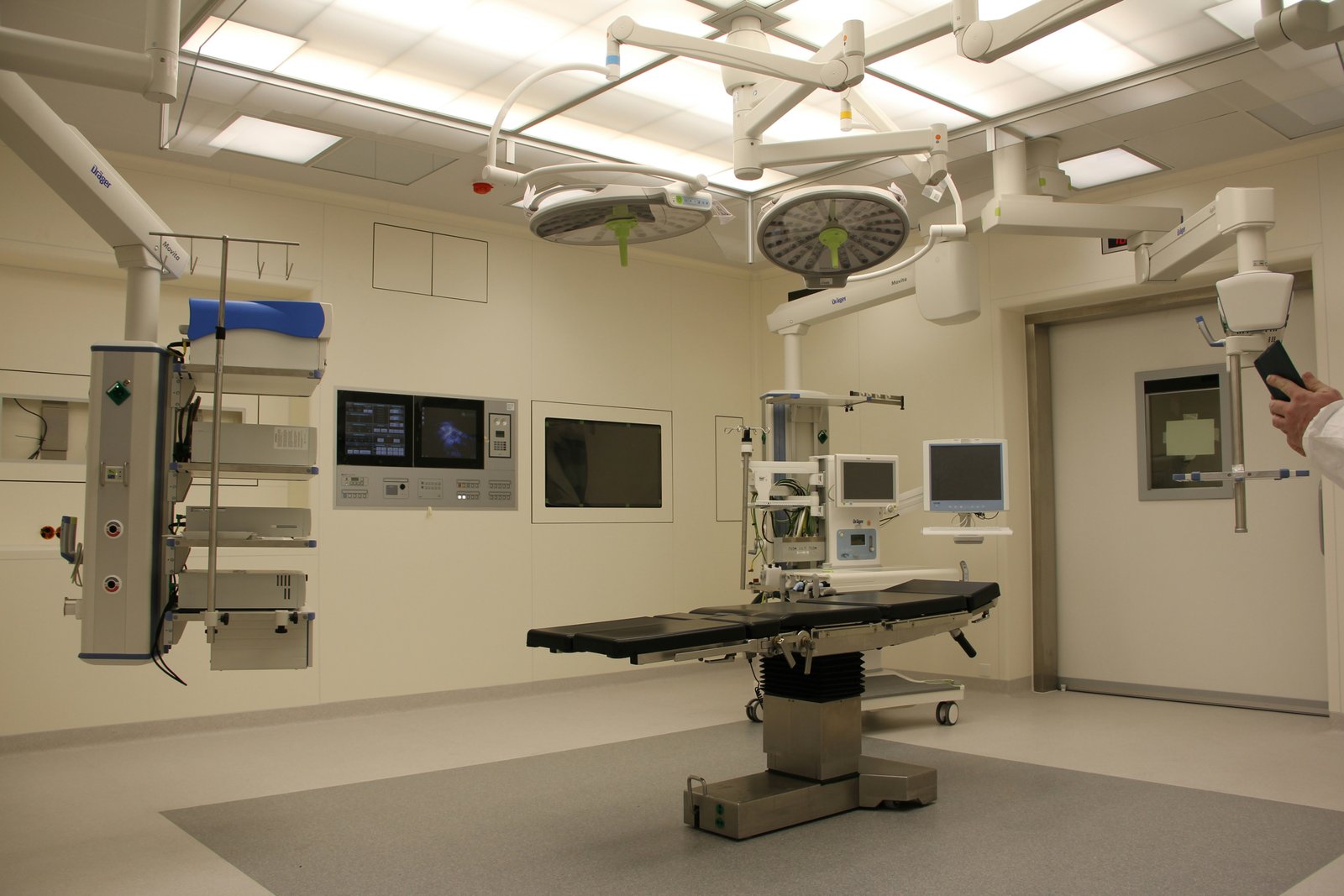Breast Ultrasound Course
1. Breast Anatomy
Gross Anatomy: Overview of breast structure (lobes, ducts, fat, Cooper’s ligaments).
Sonographic Anatomy: Normal appearance of tissues (fat, glandular, fibrous) on ultrasound.
2. Breast Physiology
Hormonal influences (estrogen, progesterone) on breast tissue.
Changes during menstrual cycle, pregnancy, and lactation.
3. Normal Sonographic Variations (Age & Hormonal Status)
Premenopausal vs. postmenopausal breast patterns.
Hormonal effects on echotexture (e.g., fibrocystic changes).4. Breast Ultrasound: Preparation & Technique
Patient positioning and probe selection.
Systematic scanning approach (radial/antiradial, sagittal/transverse).
5. Mammographic-Sonographic Correlation
Complementary roles of mammography and ultrasound.
Correlating findings (e.g., masses, calcifications, asymmetries).
6. Benign vs. Malignant Features
Benign:Smooth margins, oval shape, posterior enhancement.
Malignant: Irregular margins, taller-than-wide, posterior shadowing.
Key differentiating characteristics (BI-RADS criteria).
7. Breast data interpretation and reporting
Perform true-to-life patient examinations
Scan in real-time from the clavicle to the pelvis with seamless transition between cardiac and abdominal probes...
Create bespoke patient cases from any pathology with tailored clinical information
Eve comes with over 100 cases using real patient scans, and over 10,000 pathology variations across cardiac, lung, transabdominal...

One-Year Abdominal Ultrasound Course
Enroll in our One-Year Abdominal Ultrasound Course to enhance your expertise in diagnostic imaging. Visit our course program to explore how this valuable training can advance your medical career.
